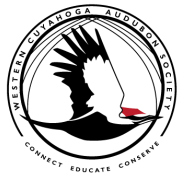We want to have an environment for ourselves that’s rich to enjoy with beautiful flowers, and habitats, and birds - like Cranes.” - Dr. George Archibald, Co-Founder & Senior Conservationist, International Crane Foundation
Cranes: Ambassadors for Biodiversity and Goodwill
By George Archibald, PhD and Co-Founder and Senior Conservationist, International Crane Foundation and Nancy Howell, Western Cuyahoga Audubon Board Member and Science Instructor and Docent Coordinator, Cleveland Museum of Natural History
Introduction
Hi, I’m Nancy Howell and I’m one of the Board Members of Western Cuyahoga Audubon. I have the pleasure of introducing Dr. George Archibald from the International Crane Foundation located in Baraboo, Wisconsin. Dr. Archibald is here at the Cleveland Museum of Natural History and he’s doing a presentation this evening entitled, “Cranes: Ambassadors of Biodiversity and Goodwill”. I love that title! It’s very appropriate because I’ve looked at the website from the International Crane Foundation (https://www.savingcranes.org/) and things are taking place all over the world. Nancy Howell: So, I do have a couple of questions I would like to ask of Dr. Archibald. Would you like to just mention a few things about yourself, first? Dr. George Archibald: Well, I’ve been working on Cranes for fifty years. I started out in Canada, I’m a Canadian, with Sandhill Cranes, which I was fascinated by. I continued my interest at Cornell University where I did my doctorate on “The Evolutionary Relationship of Cranes” and became very aware of their status worldwide. So, together with a colleague from Cornell, Ron Sauey, we started a new nonprofit organization, The International Crane Foundation. The venue was his father’s farm in Wisconsin, that he leased for $1.00 (US) a year. We built up the Foundation, breeding the very rare Cranes from Asia initially, and then later on moving into a lot of work with the Whooping Crane in North America. We moved from the Sauey farm in 1983, to our permanent campus near Baraboo, Wisconsin. I continue to work full time for this organization.
Above: Too busy to read? Click the red arrow and listen instead while you go about your day. Subscribe to the Western Cuyahoga Audubon SoundCloud channel to get new interviews as they're added.
Nancy Howell: Probably one of the main things you do is lectures around different places, different venues, is that right?
Dr. George Archibald: I do a lot of presentations, maybe ten or twelve a year in different cities in the United States. Nancy Howell: It’s been awhile since you’ve been here at the Cleveland Museum of Natural History and I will tell you it’s been a little while since I’ve been up to the International Crane Foundation, but I have visited there and the area is fabulous, it’s just beautiful! It’s gorgeous countryside.
Above: Photos of Cranes first conserved by co-founders George Archibald and Ron Sauey. Top left to lower right row: Sandhill Crane (#1), various Asia species (#2-5) and the Whopping Crane (#4). Hoover above image for bird identifications, click/tap to see Wikipedia image source, and click/tap to share on social media. Explore the Species Field Guide at the International Crane Foundation. Explore Crane sounds at ICF Media Collective.
Nancy Howell: How many Crane species are there in the world?
Dr. George Archibald: There are fifteen species of Cranes and eleven of them are endangered. In America, we have only two species: the most abundant, the Sandhill Crane and the rarest, the Whooping Crane. Nancy Howell: So, the Whooping Crane is the rarest of all Crane species? Dr. George Archibald: Yes. Nancy Howell: I think a lot of us have had nice experiences with Sandhill Cranes. We had a speaker with our Audubon group earlier this year (Visit WC Audubon Speaker Series page), and he did speak on Sandhill’s in Ohio and they’re much more abundant. I don’t know if it’s habitat changes, or agricultural changes, but it’s nice to see them around because they are really impressive. Dr. George Archibald: Actually, it’s an expansion of a remnant population that survived in the 1930’s in central Michigan and central Wisconsin and has subsequently increased and is moving out and they are even breeding in New Brunswick, Canada now. Nancy Howell: What appears to be the biggest threat to Cranes, not only in North America, but in other parts of the world, for their populations? What are some of the things that they’re facing? Dr. George Archibald: There are two major areas of threats. One, is the killing of Cranes which happens by poisoning accidentally in Africa. Sometimes intentionally in China. Shooting of Cranes, which is a major problem with our Whooping Cranes. In the Middle East area, a lot of Cranes are shot. Another major problem is conservation of wetlands and grasslands that are critical for the breeding of Cranes. Nancy Howell: Do you think climate change is having any effect on some of these concerns? Dr. George Archibald: Yes. Whooping Cranes winter on the coast of Texas (USA) and if the sea level rise, as predicted, happens, their habitat will be destroyed. It will be too deep for them. So, we have to work on the conservation of the upland areas, which may be eventually, wetland areas. In Asia and in North America, Cranes are starting to winter much further north. Cranes that used to go to Spain, are wintering in Northern France. Cranes that used to winter in India are now wintering in Turkmenistan. And so on.
Above: Cleveland Museum Natural History, 1 Wade Oval Drive in Cleveland, Ohio, March 11, 2016. Photos: Betsey Merkel. Explore more Western Cuyahoga Audubon images on Flickr here.
Nancy Howell: So, we’re seeing definite changes in where the (Crane) populations are and other things, like the sea level rise. Things where we all have to work together as a global community. Sometimes our organizations, it could be the Cleveland Museum of Natural History, it could be Western Cuyahoga Audubon, are asked: why preserve certain species? Like Cranes, or a certain type of grass, or a certain insect. Why might it be important to preserve Cranes, or any species?
Dr. George Archibald: Well, we’re all part of an enormous web of interconnectedness. And simplification of that complex network, can reduce it’s effectiveness in ways we don’t even understand. So, from a survival point of view, it’s best to keep all parts of the machine intact. Even if we don’t understand what all the connections are all the time. And, from a very selfish point of view, we want to have an environment that’s rich for ourselves to enjoy, with beautiful flowers, and habitats, and birds, and Cranes. Nancy Howell: So, valuing what we have out there, even though we don’t know if it’s valuable as may be providing medicines or things. Just valuing the species themselves. How do we get that across to the public? Like I educate here at the Museum. Dr. George Archibald: I think penicillin is a good example. It’s mold, basically, which is considered a pretty disgusting thing. But, it produces penicillin and that’s how they discovered penicillin. So, who knows what secrets lie hidden in different species? I don’t think it’s in their prerogative to “do in” any of them. We have to keep them all.
Nancy Howell: So, there’s that biodiversity because we just don’t know what all the parts are, and like you say, “We want to keep that machine going.” Again, I noticed from the International Crane Foundation website that you have people working all over the world. Some of the countries are Rwanda, China, Vietnam, South Africa, Russia. Wow! How do you keep track of everybody and what are some of the main jobs that are being done in those countries?
Dr. George Archibald: In Asia, most of our work is concentrated on habitat conservation. The Crane is a sacred bird in many Asian countries, although I mentioned previously that poisoning of Cranes is a problem in some areas of China. Overall, the Chinese culture is very supportive of Cranes, so this is sort of an act of vandalism. Mainly, we’re working on habitat conservation in our field work and in education. Often, even though people are very poor, and have many human needs, if they realize that this is the only place where these beautiful birds are found, they see them through new eyes and they have a sense of responsibility for them. In some of the poorest areas of Africa, we’ve been able to conduct little campaigns and the people have become “Craniacs”. They want to have these beautiful birds around, it enriches their environment. So, we’re most encouraged. A lot of our workers overseas are Nationals that we’ve found, gifted people, that you find here in Ohio, that are gung ho to make the world a better place. If we can, in some way empower them, to express their potential, we’ve found that type of conservation leadership enriching, is the most important part of the work. (See Conservation Leadership, International Crane Foundation.) Nancy Howell: You’re absolutely right, there’s a lot of concerns in other parts of the world, whether it’s poverty or employment, or governments that aren’t working up to snuff, it really is about getting the people involved and becoming,“Craniacs” or whatever their passion is and employing people in the area. Dr. George Archibald: It’s a very complicated picture: society. Society here in Cleveland, Ohio is very complicated. My driver last night was explaining to me how when it floods, the sewage gets dumped into the Lake (Lake Erie). How do you redo the system here to make it foolproof? It’s complicated. All of the problems we’re working on all over the world are very, very complicated. The one thing that helps make it simple is a focus. The focus is on these beautiful birds and what they need and everything sort of falls in behind it if you can keep a focus.
Above: The International Crane Foundation, E-11376 Shady Lane Road in Baraboo, WI 53913 USA.Visit the International Crane Foundation Media Collective online to explore a searchable database of Crane images, sound files, documents, periodicals and video clips here. Looking for addition bird sound sources? Explore xeno-canto.org ("Sharing bird sounds from around the world") "Crane" results here.
Nancy Howell: At the International Crane Foundation, do you have volunteers? Do you have young people, teens, families?
Dr. George Archibald: We have eighteen (paid) interns every year. They come for three, six or nine months. We have housing for them and a stipend. They work in one of three departments: in habitat problems, prairie restoration, wetland restoration, the study of wild Cranes. The second is breeding and releasing of Whooping Cranes in the wild, it’s a very hands-on thing (Explore Operation Migration), and the third is education. We have about 22,000 visitors every year and we have three or four interns that work with that population. We host a lot of school programs and so on. Now, we’re in social media and communicating with a much wider audience in that manner. Nancy Howell: Do you think that education is one of the major ways any of us, whether it’s the Museum, your Foundation, Western Cuyahoga Audubon, can get that word out? And social media might be one of the factors. Dr. George Archibald: Social media has an increasing role, it’s a tool we never had before. However, it has limitations too. Actually experiencing real nature, alive and well, can’t really be replaced. So, the more you can get people out and get their hands in the dirt, or get them to see a beautiful bird like a Scarlet Tanager, can be a life-changing experience to see them in the wild. It’s how to touch people in a meaningful manner. Nancy Howell: Yes, to touch, hook and keep them involved and not just hopefully when they’re young but as they go through life and either become a volunteer or work with some organization. Dr. George Archibald: You have to realize that not everybody’s going to be as interested in this as you are. You’ll talk to a lot people but you’ll find that in a group of people, two or three that really have an interest. Those are the people we’ve found that it’s very profitable to encourage.
Nancy Howell: Just wrapping things up, how are the Whooping Cranes doing now?
Make A Donation to Western Cuyahoga Audubon. Your gifts guarantee chapter activities, programs and research continues to reach members and connect to birding conservationists around the world. Use our safe and secure PayPal payment button below to make a donation of any amount you choose. All donations are gratefully received.
Comments
|
Story BlogThe Feathered Flyer blog publishes human interest stories about birding and habitat conservation. After watching, ‘My Painted Trillium Quest' by Tom Fishburn, Kim Langley, WCAS Member said, “Wonderful! It was a lift just knowing that such a site exists and is being protected!”
Media LibrariesQuarterly NewsletterSTORIESPodcastsWCAS is a proud member of The Council of Ohio Audubon Chapters (COAC) and promotes chapter development by sharing the best practices, brainstorming solutions to common problems, and building relationships in workshops and retreats. Subscribe
VideosYouth
Advocacy
Clean Energy
Reporting
Awards
Volunteerism
Take ActionResourcesBlogsArchives
October 2023
Categories
All
|
EDUCATENews Blog
Monthly Speakers Field Reports Bird Walk Reports Christmas Bird Count-Lakewood Circle Media Library Newsletter Archive Education Resources STORE |
Western Cuyahoga Audubon Society
4310 Bush Avenue Cleveland, Ohio 44109 [email protected] Western Cuyahoga Audubon Society is a 501(c)(3) nonprofit organization. Your donation is tax-deductible. The tax ID number is: 34-1522665. If you prefer to mail your donation, please send your check to: Nancy Howell, Western Cuyahoga Audubon Treasurer, 19340 Fowles Rd, Middleburg Hts, OH 44130. © 2020 Western Cuyahoga Audubon Society. All rights reserved. Privacy Policy | Terms of Use | Legal | Store Shipping Rates | Site Map |




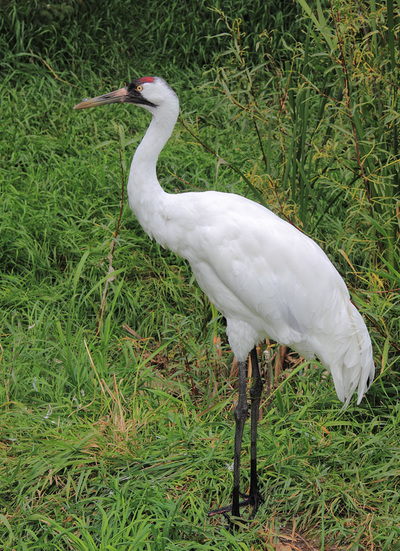
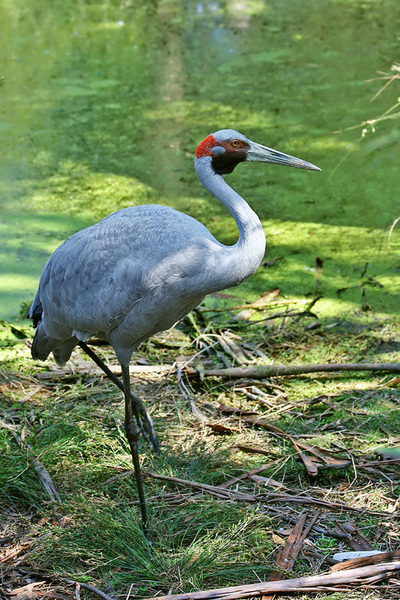
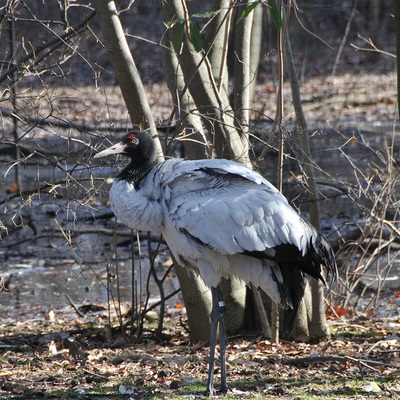
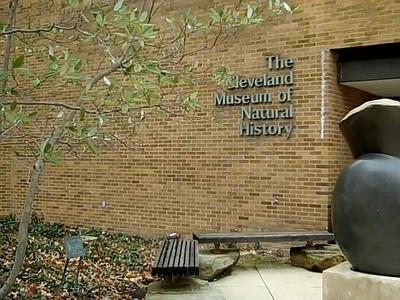

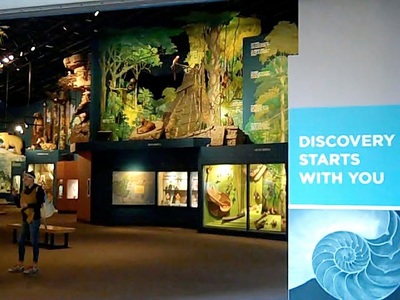




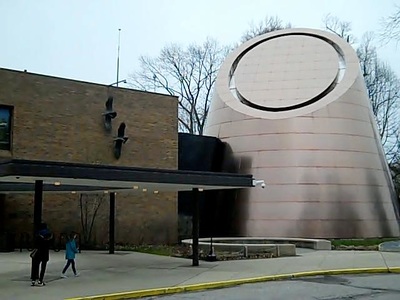
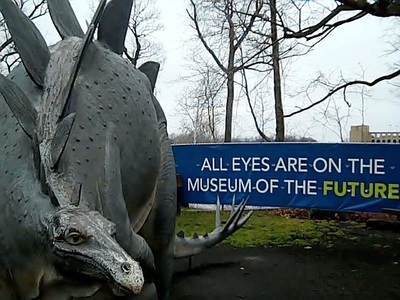
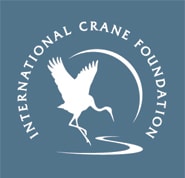

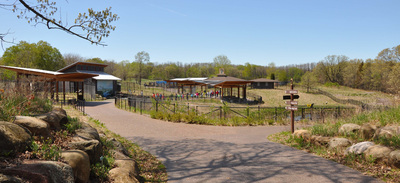

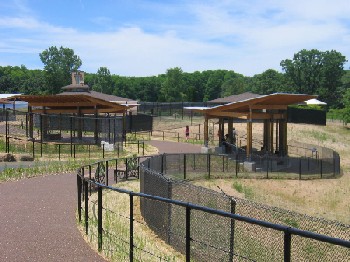
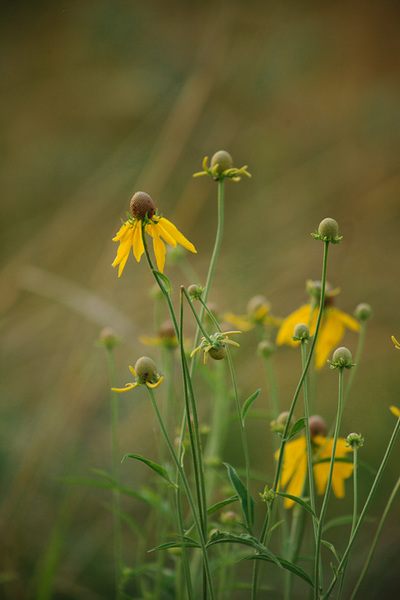







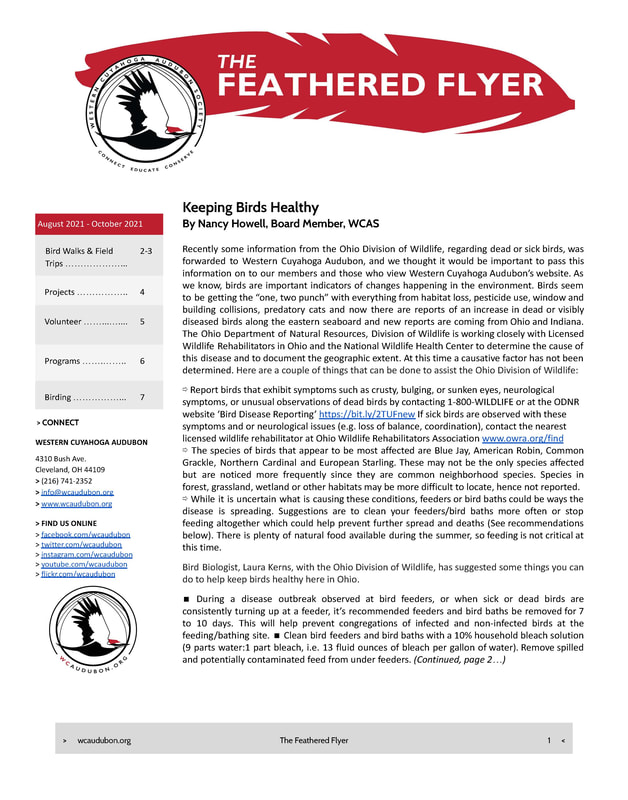
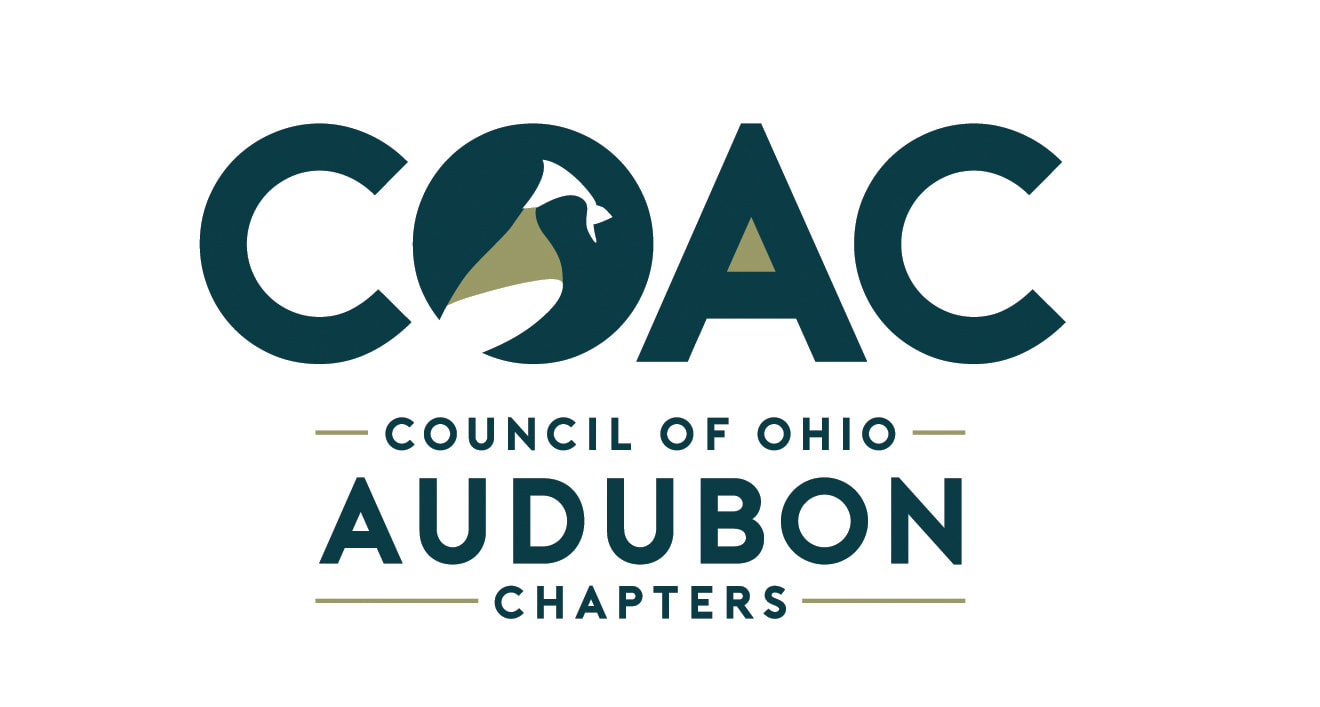
 RSS Feed
RSS Feed
